How to Pack for a Florida Canoe Trip- The Tackle Box
The path of the Indian River Lagoon Paddle Adventure takes it the length of the most biologically diverse estuary in North America, the Indian River Lagoon system. This blog discusses How to Pack for a Florida Canoe Trip- The Tackle Box. The Fly Box will be covered in a separate blog.
We will find many species of fish. I want to keep track of how many different kinds we can catch. Redfish, snook, seatrout, snapper, moonfish, jacks, it’s a long list. Since it’s a paddle trip, you don’t have room to bring a ton of tackle. I hope the list below is an exercise in minimalism.
The spin rod I’m bringing will be a two piece, 6.5 foot light action rod with a Shimano Spheros 3000. On the reel will be Power Pro 10 or 15 pound braid. Most of the time there will be a section of twenty pound fluorocarbon on the business end.
A small box of lures is joining me. In the box are the following:
-three 1/8th ounce weedless jigheads and 10 matching soft plastic tails;
-three shallow running DOA Bait Busters;
-one dozen three inch DOA Shrimp, assorted colors;
-two Chug Bugs with single hooks;
-two five-inch Rebel jointed swimming plugs (couldn’t find a link for these) with single hooks*;
-two 1/4 ounce Johnson Minnows;
-about one dozen DOA CAL jigheads, 1/16th to 1/4 ounce;
-a 12-pack of Woodies Rattlers plastic worm rattles;
-a bag of 00 size split shots and a few DOA pinch weights.
*We drag a Rebel behind the boat as we paddle. If you stop paddling the plug floats instead of snagging on the bottom. I don’t know how it will work in the lagoon but it used to work well in the Everglades.
In a one gallon Ziplock bag are:
-one package each of 3/0 and 5/0 Daiichi D65Z hooks for jerk baits;
-a package of 5/0 Daiichi D84Z circle hooks just in case;
-a quart-size Ziplock with a handful of DOA CAL 5.5 inch jerkbaits;
-a quart-size Ziplock with a handful of DOA CAL AirHeads and the DOA longneck hook designed for these baits;
-a quart-size Ziplock with a handful of DOA CAL three inch shad tails;
-a quart-size Ziplock with a handful of DOA CAL four-inch jekbaits.
And we simply MUST accessorize, dahlink:
-a Dr. Slick line nipper on a cord around my neck;
-a pair of Dr. Slick bullet head pliers in a holster on my belt;
-an orange grabby glove (couldn’t find a link for these) for lipping tarpon;
-one each Seaguar fluorocarbon leader wheels in 20 and 30 pound test.
That’s my tackle kit, and I’m sticking to it.
And that is the end of Packing for a Florida Canoe Trip- The Tackle Box blog.
As always please share any questions, comments, and suggestions.
John Kumiski
www.spottedtail.com
All content in this blog, including writing and photos, copyright John Kumiski 2013. All rights are reserved.
|
Related articles

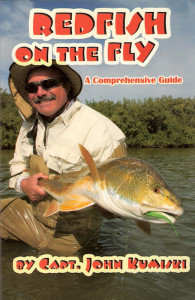
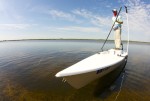
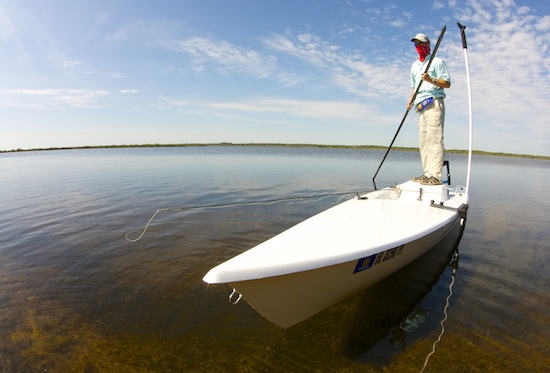
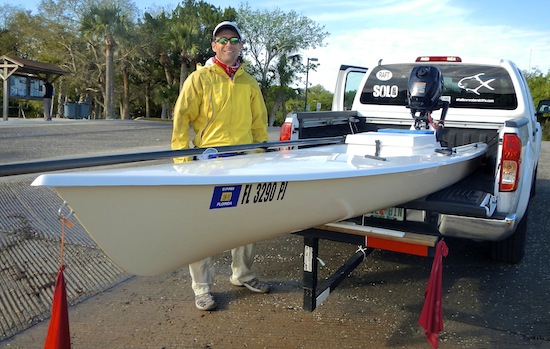
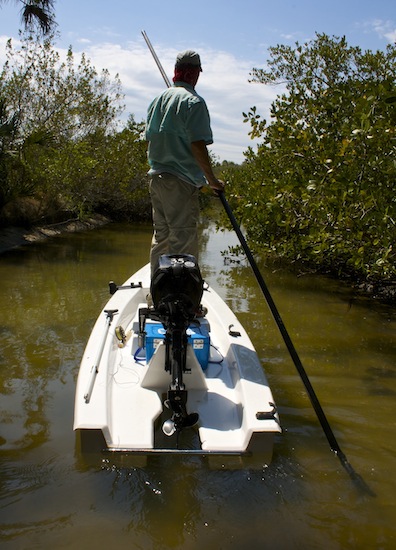
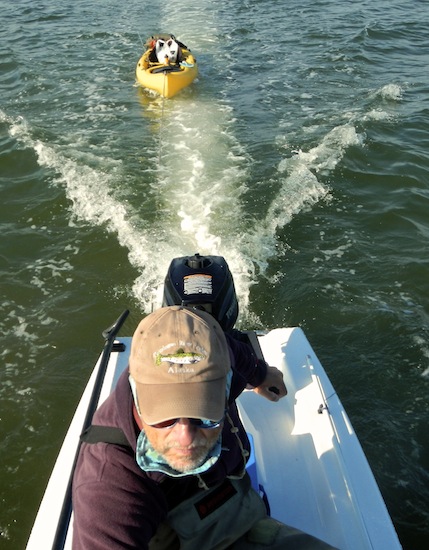
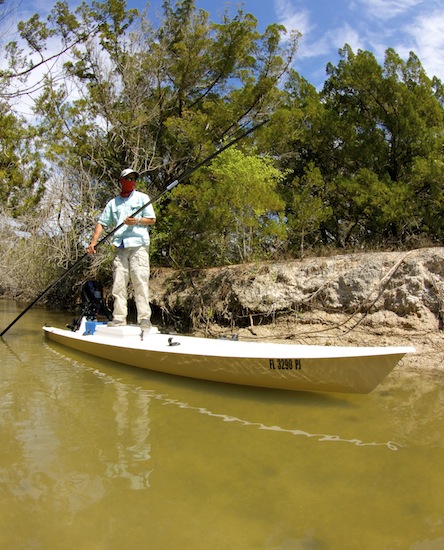

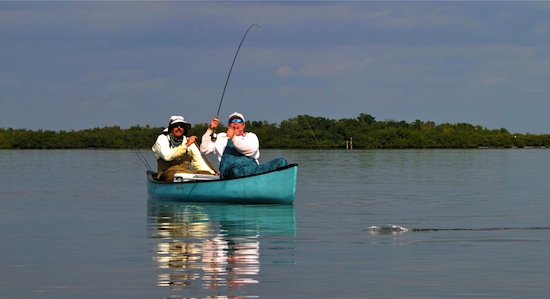
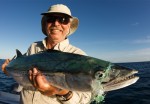
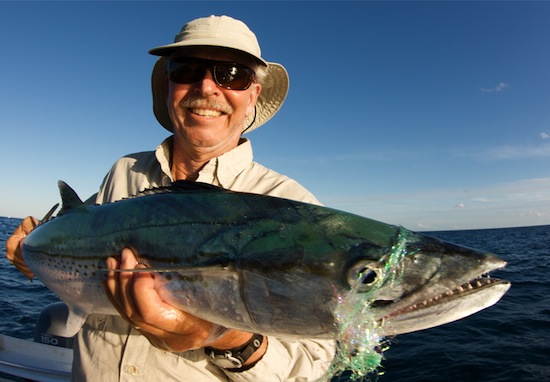
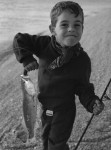
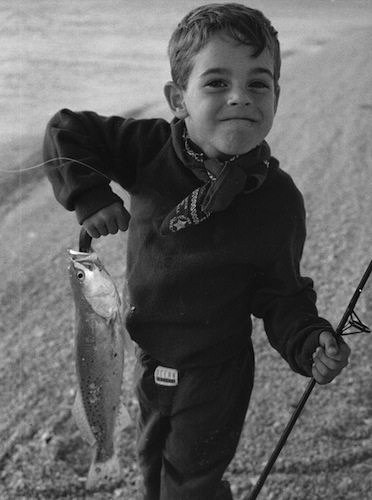
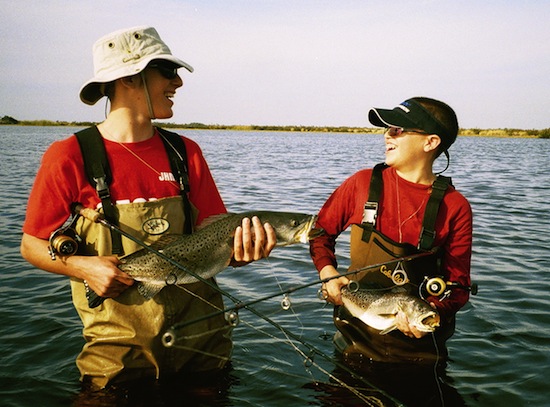
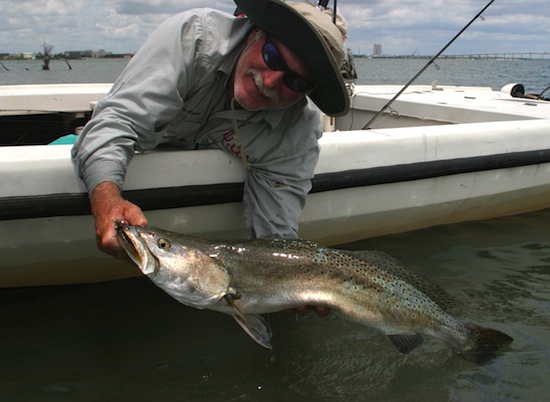
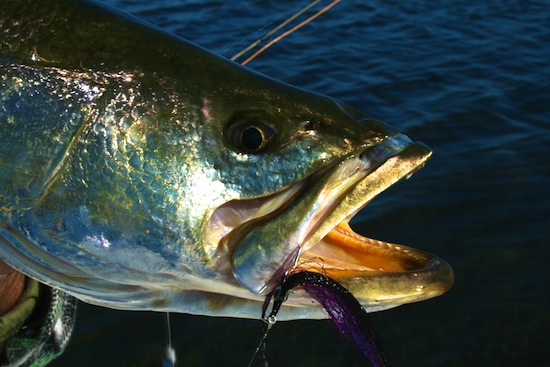
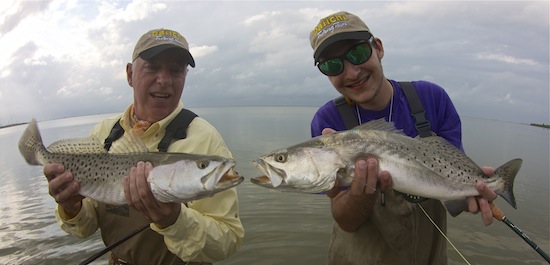
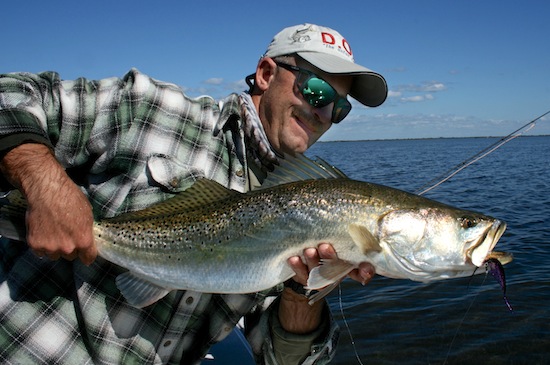
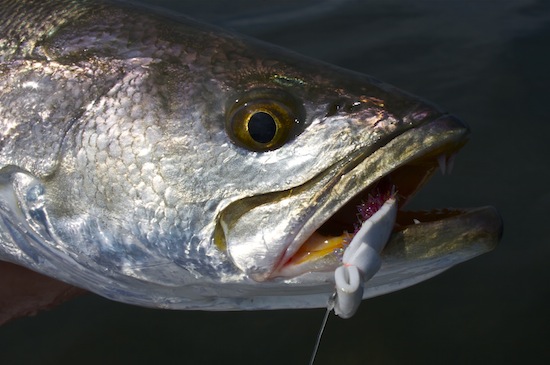
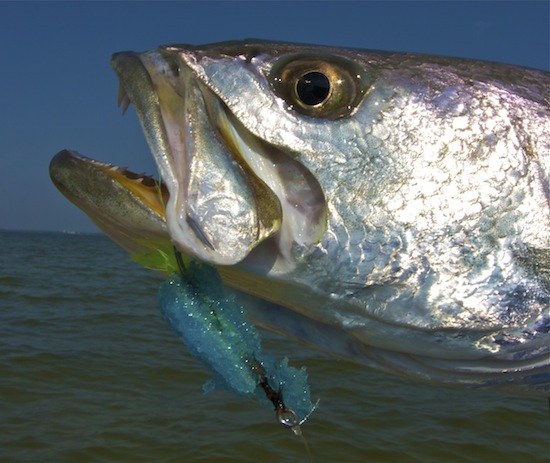

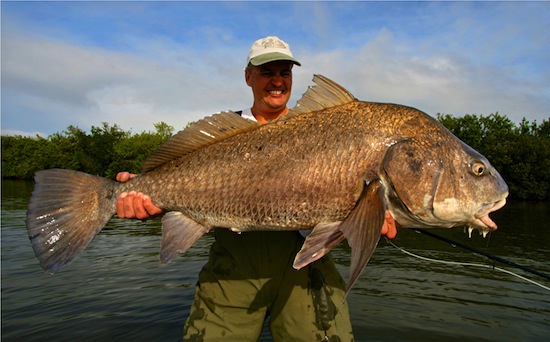
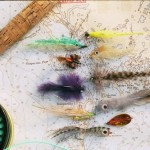
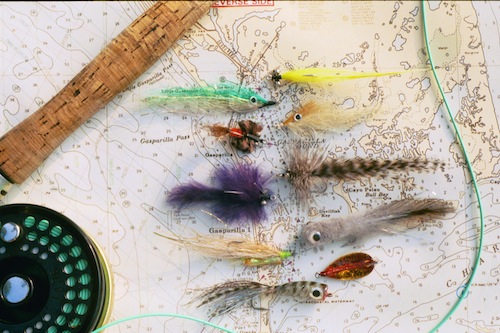
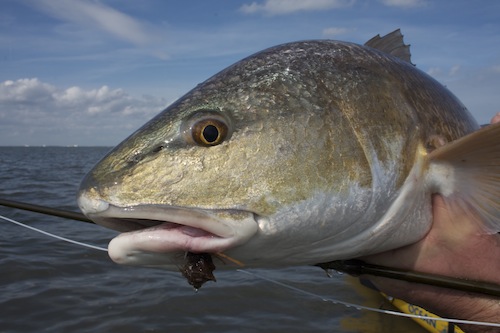
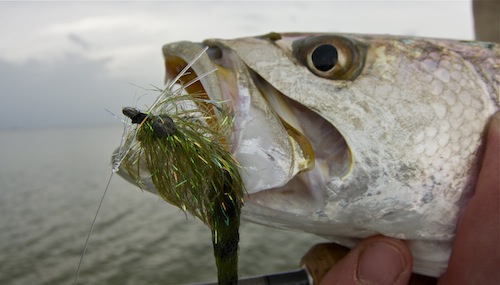
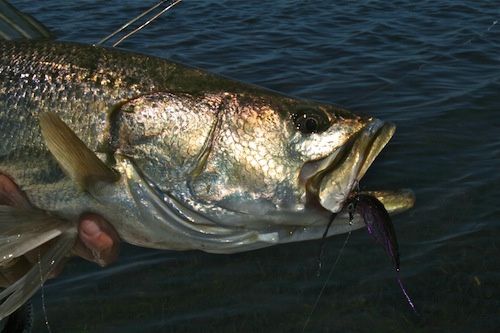
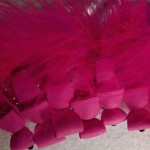
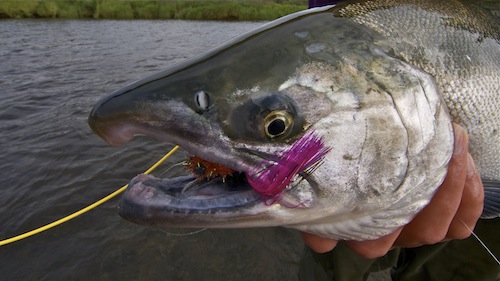
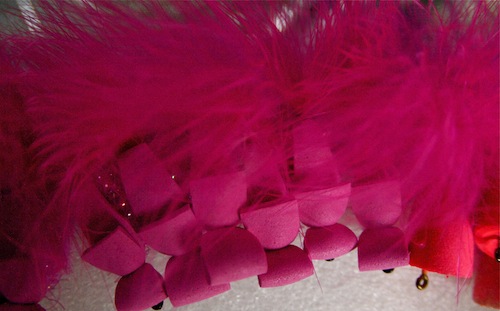
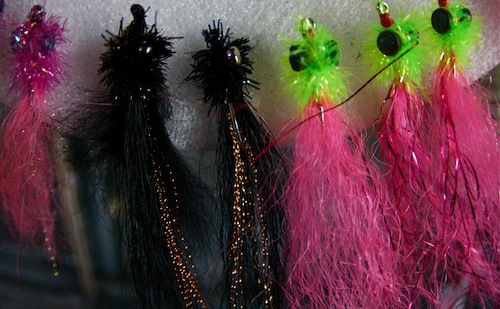
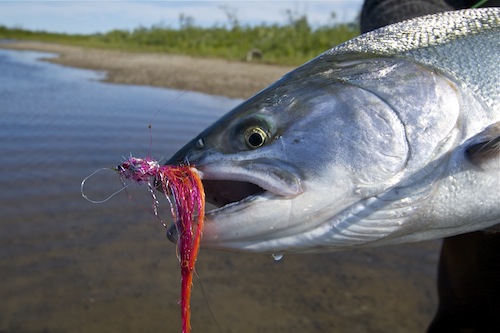
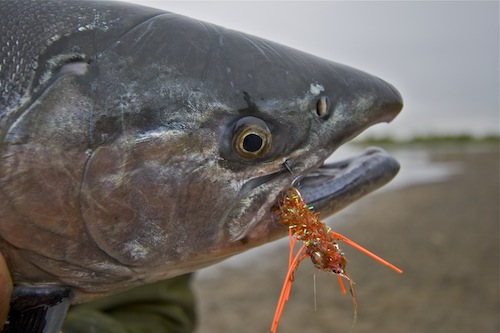
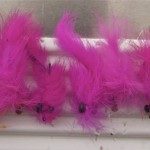
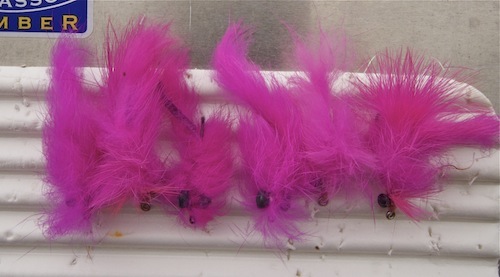
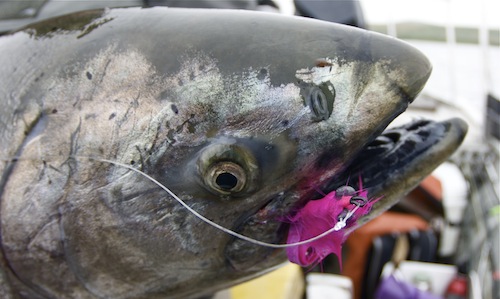
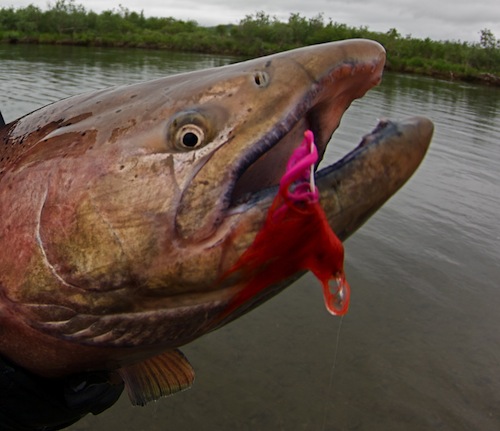
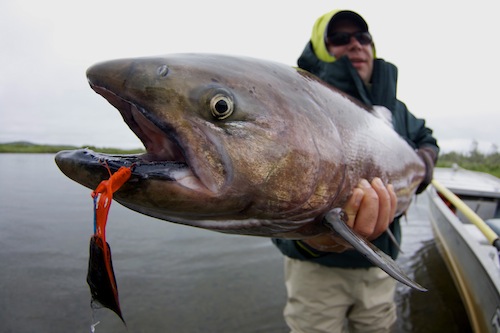
Recent Comments